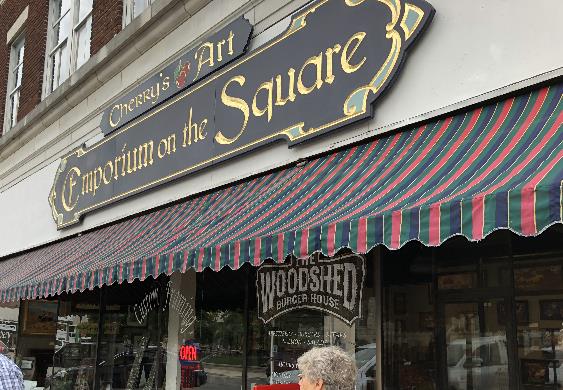
Create and Enforce a Sign Ordinance
Signs are made to be visible. However, they can overpower everything around them and become a visual intrusion. A community that cares about its visual impact must consider the regulation of its signage.
There are numerous examples of sign ordinances throughout the country, but major elements to consider are: number of signs allowed per property, acceptable materials, lighting (internal or external), size limitations, mounting height and placement. Sign ordinances are often written to consider different geographical areas (retail, commercial, and historic districts) where downtowns are generally the most restrictive, prohibiting internally lit and oversized signs.
A well written and enforced sign ordinance can reduce the competition where businesses try to “out-sign” their neighbors. Be sure the ordinance includes the removal of signs from defunct business and eliminating off-site signs. Non-conforming signs can be tagged by code compliance for removal and damaged signs be repaired or replaced by a certain date. Be aware that some signs may have achieved historic significance and should be maintained/retained for that reason. A good sign ordinance can have a tremendous impact on the visual attractiveness of a community.
https://conservationtools.org/guides/50-sign-ordinance
https://www.lmc.org/media/document/1/hopkinssamplesignordinance.pdf



